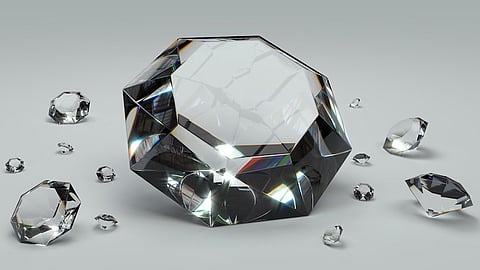Locked
WORLDVIEW: Do De Beers’ struggles mean diamonds are over?
De Beers famously told us all that diamonds are forever. But the last few years suggest that, in fact, diamonds may be over.
De Beers famously told us all that diamonds are forever. But the last few years suggest that, in fact, diamonds may be over.
For the last few years, demand for the rough diamonds that De Beers sells has been steadily declining. The sales at its final 2019 auction were up from November, but 20% down year-on-year.
The industry has been beset with challenges, some self-inflicted and many others beyond its control.
___STEADY_PAYWALL___

